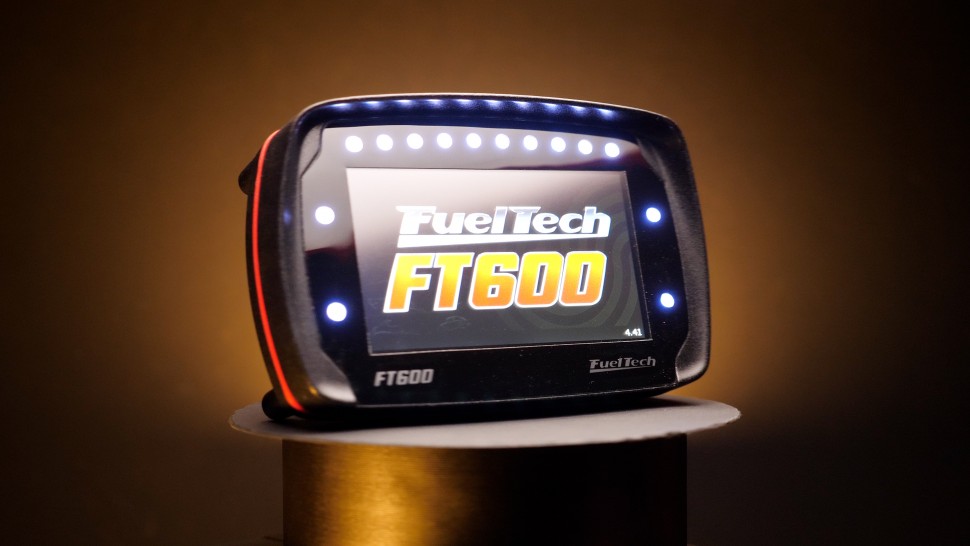| 00:00 |
At this stage of the process we've printed our parts, removed them from the build plate, and broken off any support material.
|
| 00:06 |
While some parts are fit for purpose straight out of the printer, more often than not we'll be applying some finishing touches in the interest of aesthetics or for functional features like threads or flat machined surfaces that need to seal against other faces, like manifold flanges for example.
|
| 00:24 |
While these finishing processes will vary depending on the application of the parts, we'll also tend to take different approaches depending on the material.
|
| 00:33 |
For FDM printed plastic parts we often start with sanding, followed by the use of high build primers or even body fillers to smooth out the relatively rough layer lines.
|
| 00:43 |
Acetone smoothing is another option for specific plastics, and then for automotive applications we can paint any functional or visual parts, or even use flocking, particularly for interior trim pieces.
|
| 00:56 |
SLA parts can also be sanded and painted, but we tend to start with a much higher grit due to the already relatively smooth surface, and then work up to a much higher grit wet sanding or possibly polishing for a really high gloss finish.
|
| 01:11 |
This is particularly useful for optical or translucent parts like lenses.
|
| 01:16 |
SLS printed plastic parts and SLM printed metal parts will come out of the printer with a surface finish not too dissimilar to a sand cast part.
|
| 01:25 |
Surface finishes and coatings can be applied to change the colour, or for functional purposes like corrosion or thermal resistance, cerakote being a good example.
|
| 01:36 |
For surfaces with a critical function, like ceiling flanges, we'll turn to the alternative process to additive manufacturing being machining.
|
| 01:44 |
To do this in a mill the part will need to be clamped in a fixture in the correct orientation before being machined flat with a smoother surface.
|
| 01:52 |
Another example of functional features is threads, or more typically threaded holes for fixtures.
|
| 01:58 |
While it's possible to print threaded features using FDM, the lack of resolution in the process isn't well suited to creating such fine features.
|
| 02:08 |
Instead, we'll usually drill and tap these holes, or for more precision and integrity use heat set threaded inserts.
|
| 02:15 |
These can also be used in SLS printed parts as the thermoplastic material will flow when heated.
|
| 02:22 |
This isn't the case for the thermoset resins used in SLA, but the resolution of the process allows us to print the threads directly, as does SLS for that matter.
|
| 02:33 |
For either process though we'll often chase them with a tap just as an extra precaution.
|
| 02:38 |
Naturally we wouldn't use threaded inserts for the metal parts from SLM, as clearly the base material is capable of creating a high integrity thread.
|
| 02:47 |
Again, we'll usually print the thread here and then chase it with a tap to clean up the threaded surface.
|
| 02:53 |
An alternative to all of this is of course including nut pockets and using hardware through our parts, but this isn't really a finishing process at this point.
|
| 03:02 |
The reality is there are endless possibilities when it comes to putting finishing touches on our parts, but what we've discussed here are the common ones used for automotive projects, so let's summarize our final step.
|
| 03:15 |
Finishing processes vary depending on not only the application but the type of 3D printing and the material used.
|
| 03:21 |
We'll commonly sand, prime, polish or even machine parts for a smoother surface finish and then paint or apply other coatings for aesthetic or functional purposes.
|
| 03:31 |
Threaded features that are typical in automotive parts can also be included in 3D prints, where for FDM and SLS parts we'll often use heat set threaded inserts.
|
| 03:42 |
SLA and SLM printing allows us to include the threaded features in our designs.
|
| 03:48 |
After printing though we'll chase the threads with a tap to clean up the surfaces, or alternatively we can take a more traditional approach and drill and tap the part instead.
|





